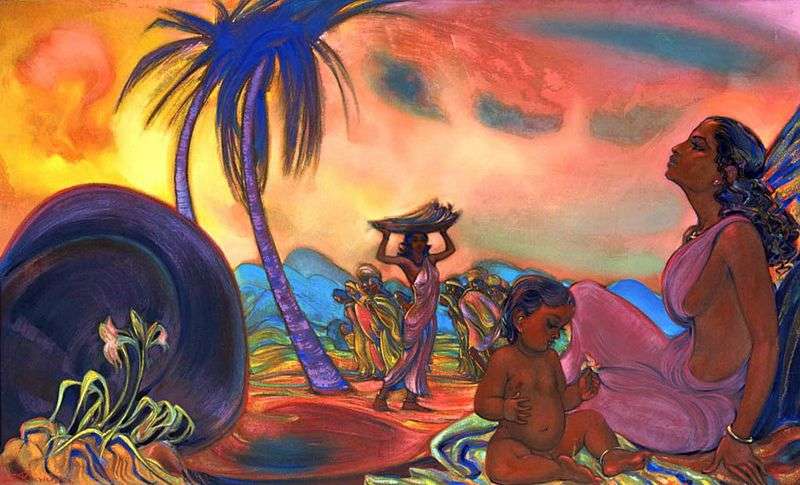
Combining in his work the best achievements of Russian and European painting with the artistic tradition of India, Svetoslav Roerich sees his main task in bringing together the cultures of different nations of the world, the art of the West and the East.
The high responsibility of Svyatoslav Nikolaevich in the approach to his work, to the fact that his paintings will be borne by people, is dictated by his attitude to the role of art in human life. “The benefit and influence of art can not be measured or calculated. After all, a person who touches it becomes not only more interesting and acquires a taste, but he begins to treat the people and society that gave birth to great works of art in a different way…
In addition to the amazing experience that is provided by the study of art, it helps to crystallize the genius of the people and gives an outlet to the creative beginning that exists inside each… “Eternity, the uniqueness of being is the main philosophical theme that the artist develops.
The wise structure of the world leads to the beauty and harmony of human life with its ever-beautiful youth, the dream of love, motherhood. The theme of love is reflected in the painting “Eternal Life”, where a young mother with a child is depicted against a bright landscape.
The kid looks at the flower with inquisitive interest, discovering for the first time the beauty of the world. The mother, with her head thrown back, peers intensely into the distance, as if trying to look into the future of her son. Against the background of a huge boulder, freshly opened flowers, which have replaced faded ones, are gently turning pink.
The artist shows the unity of the laws of the renewal of life in nature. In the distance, there are a series of people passing by – a symbolic embodiment of the thought of a change of generations. Everything has its own cycle – flowers, people, trees, even stones. Everything comes and goes – an eternal, just law.
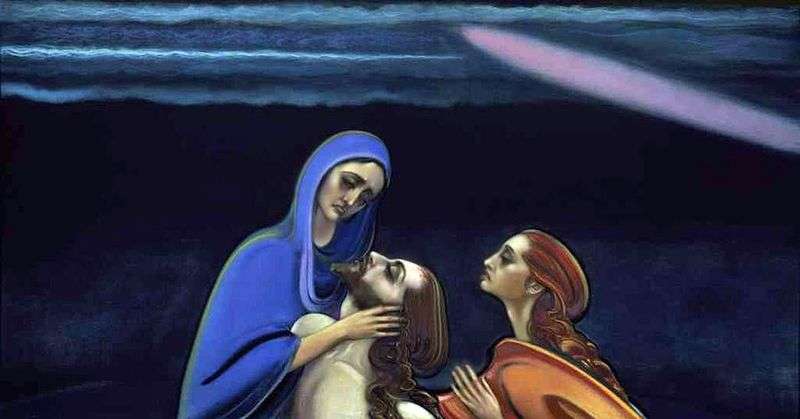 Pieta by Svyatoslav Roerich
Pieta by Svyatoslav Roerich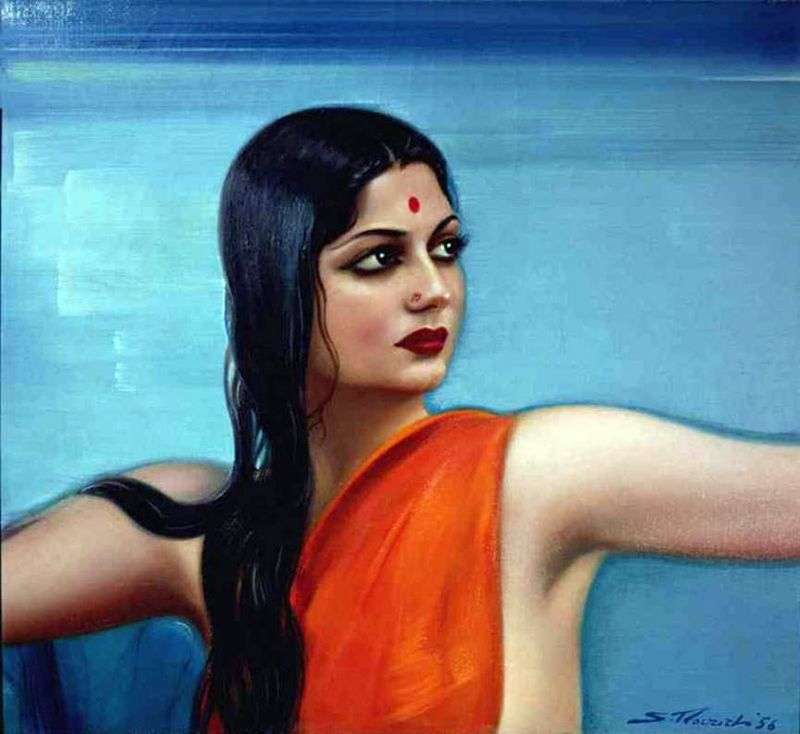 Roshan Wajifdar by Svyatoslav Roerich
Roshan Wajifdar by Svyatoslav Roerich Over eternal peace by Isaac Levitan
Over eternal peace by Isaac Levitan India by Svetoslav Roerich
India by Svetoslav Roerich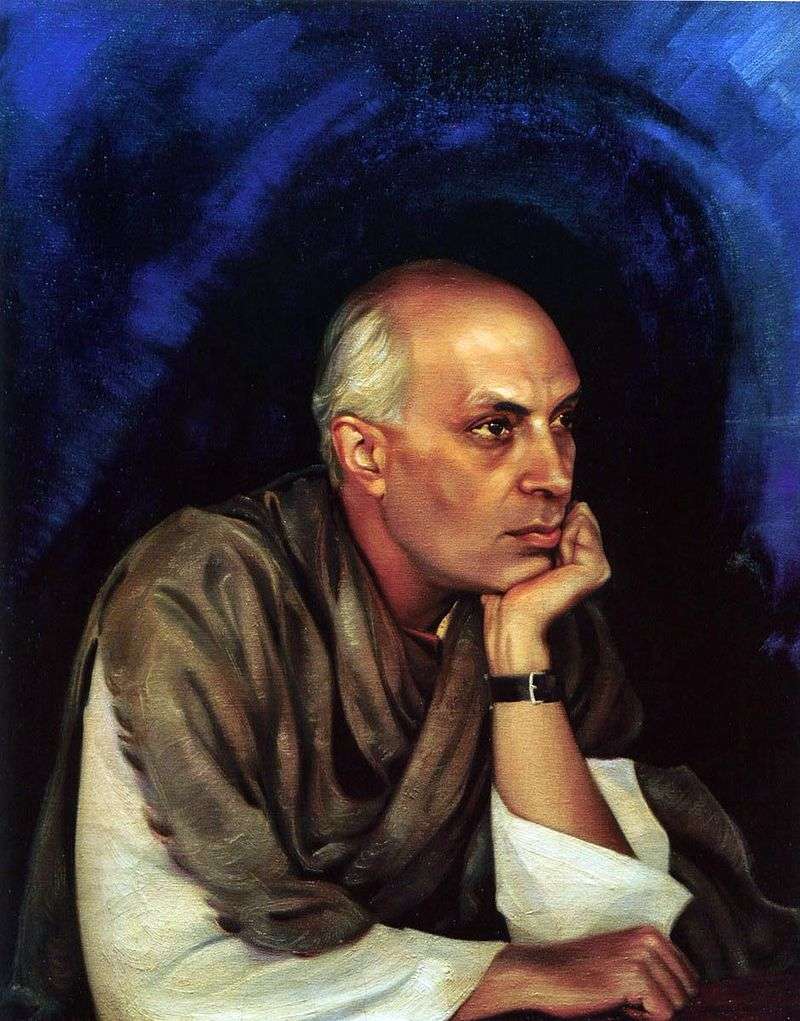 Pandit Jawaharlal Nehru by Svyatoslav Roerich
Pandit Jawaharlal Nehru by Svyatoslav Roerich Still life. Wildflowers by Alexander Gerasimov
Still life. Wildflowers by Alexander Gerasimov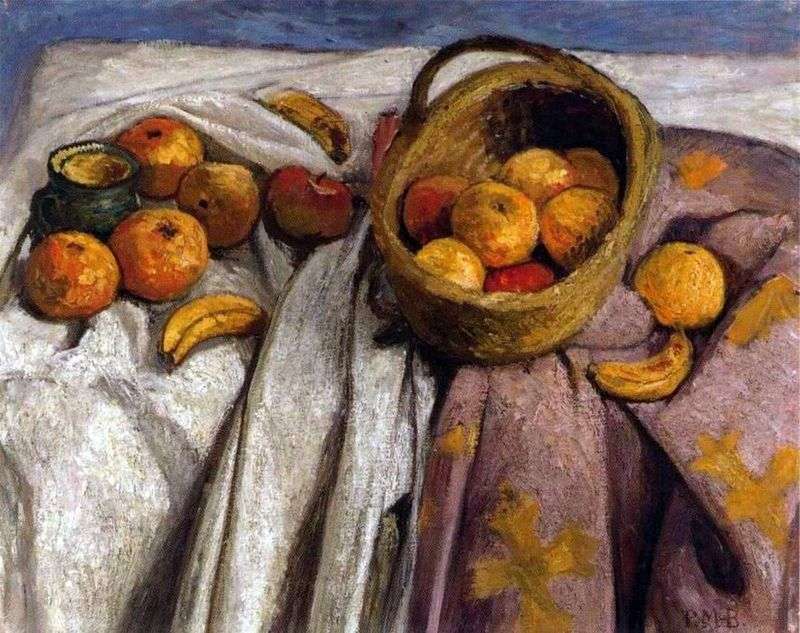 Still Life with Apples and Bananas by Paula Moderzon-Becker
Still Life with Apples and Bananas by Paula Moderzon-Becker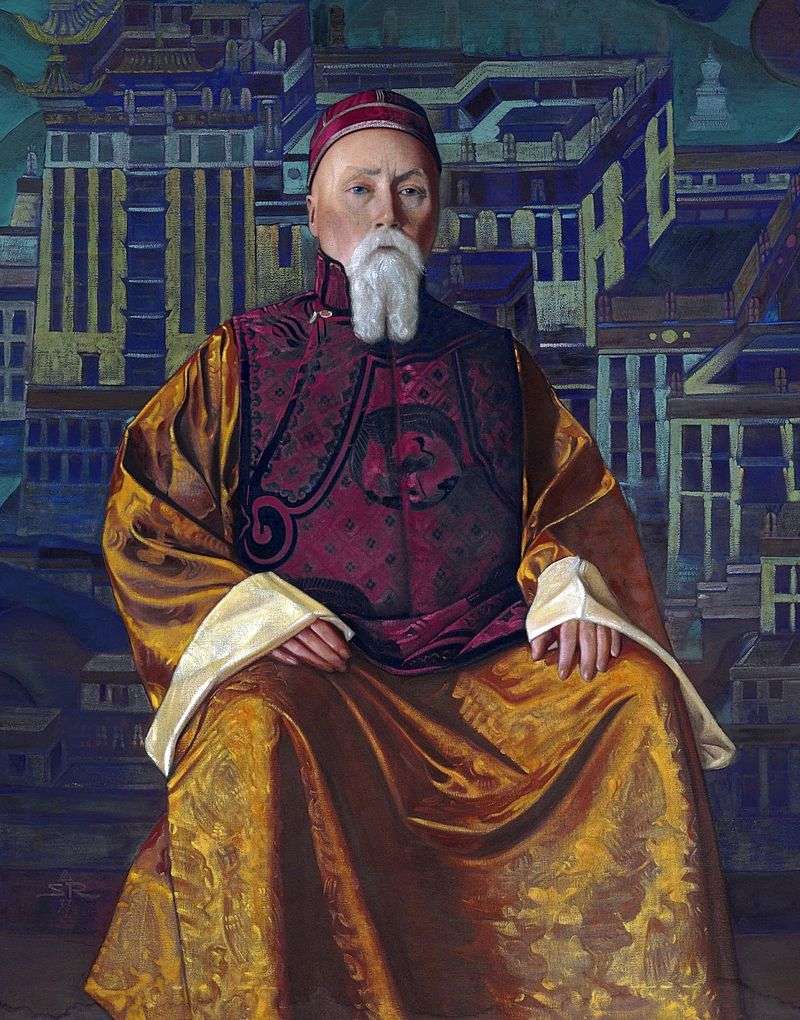 N. K. Roerich by Svyatoslav Roerich
N. K. Roerich by Svyatoslav Roerich